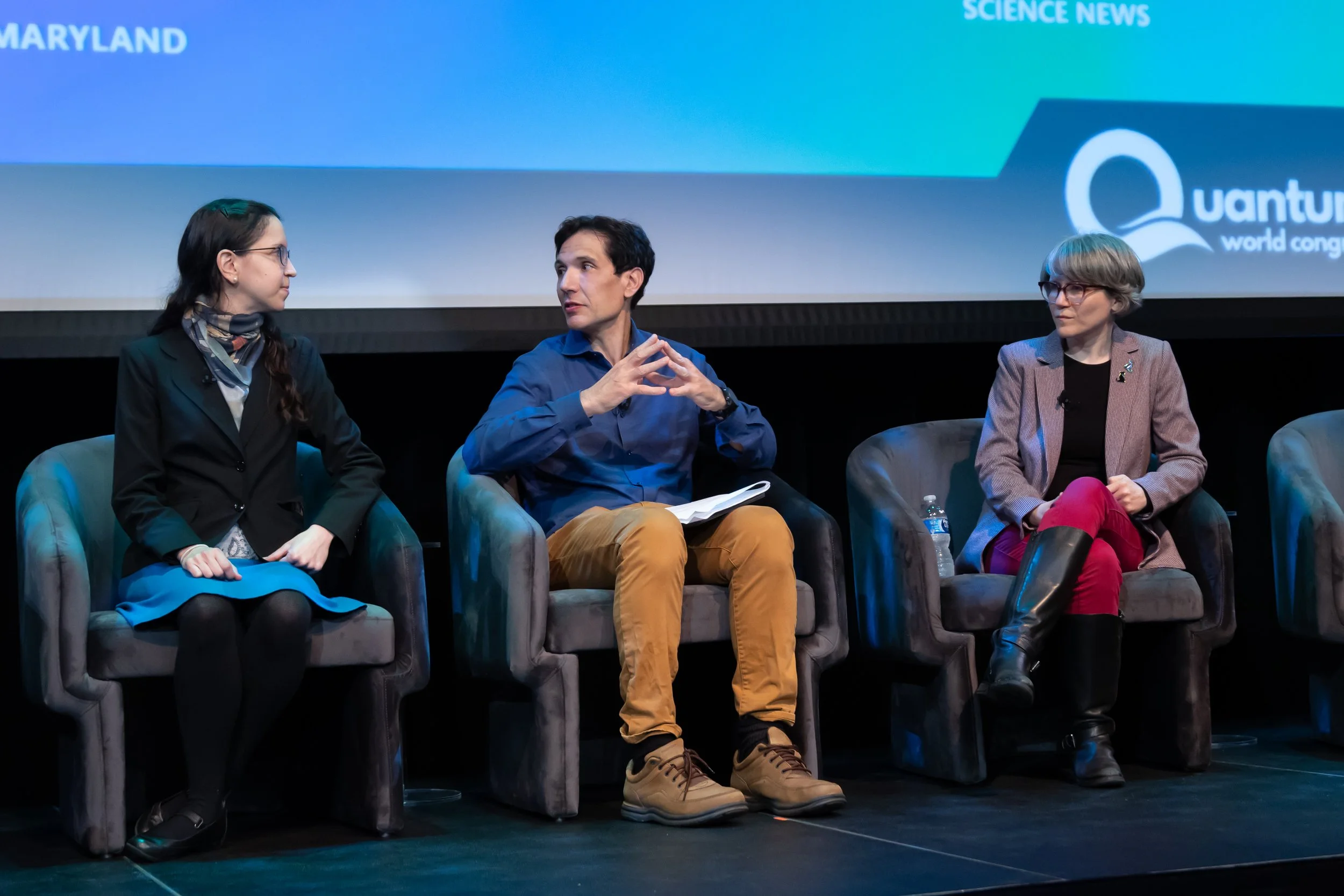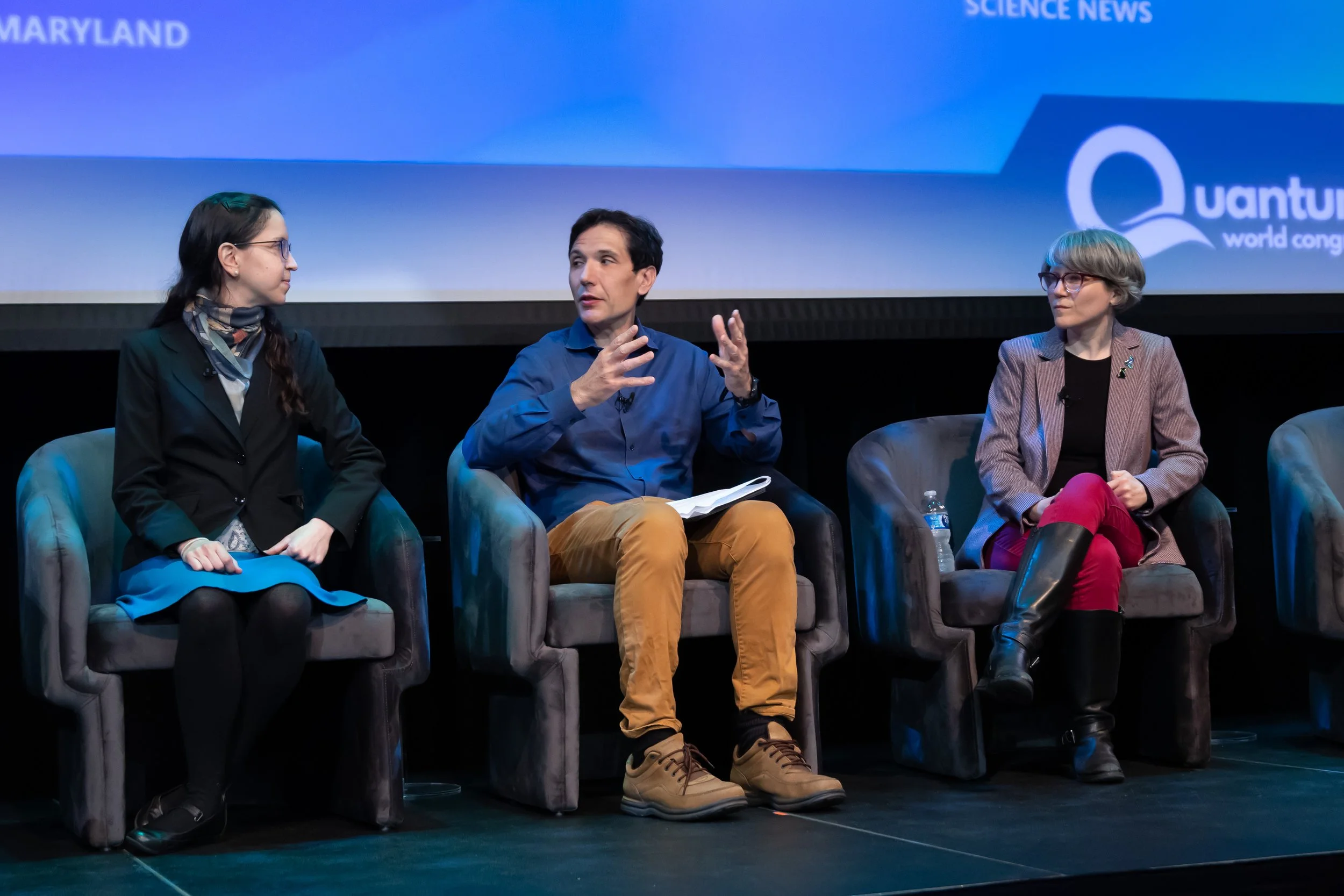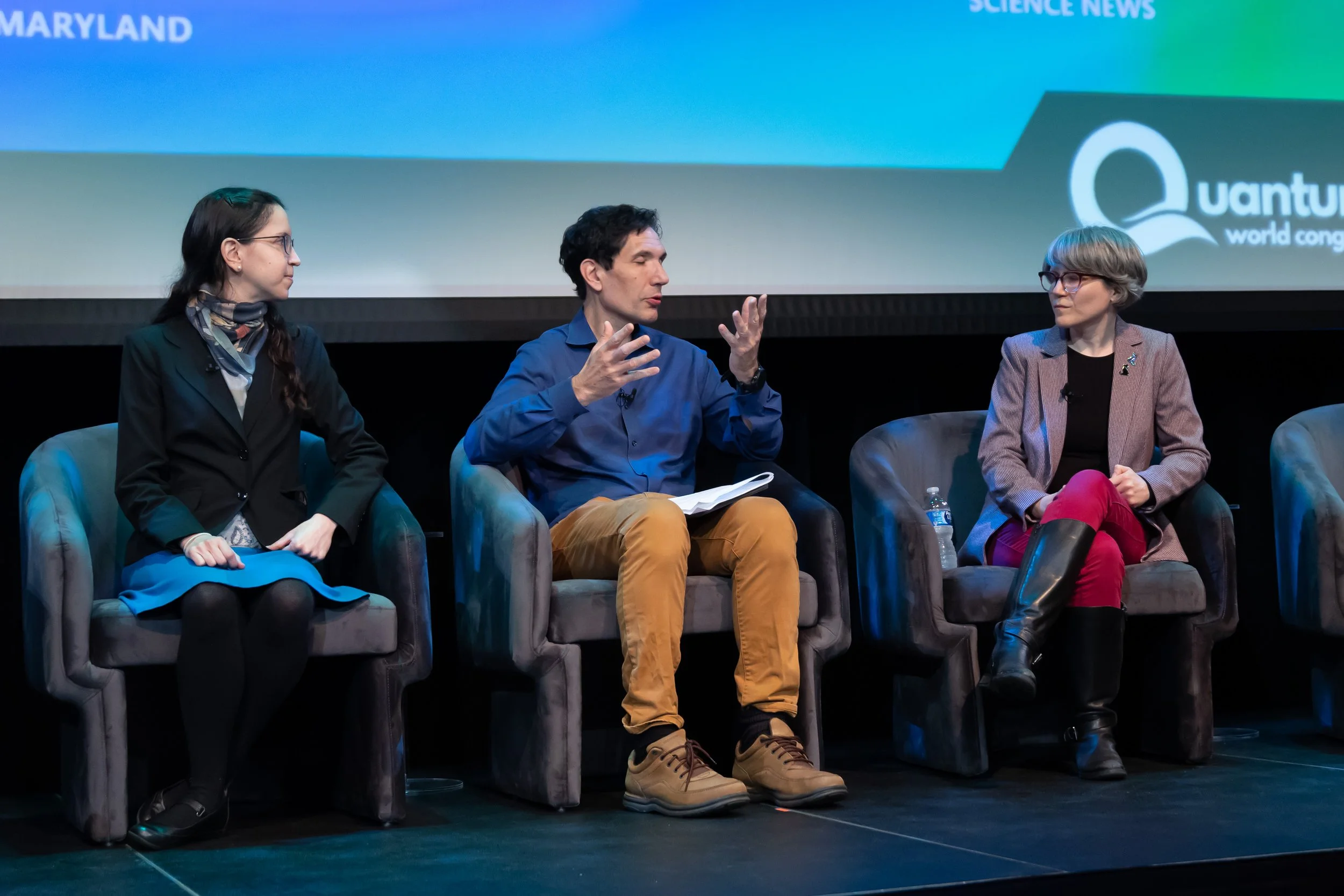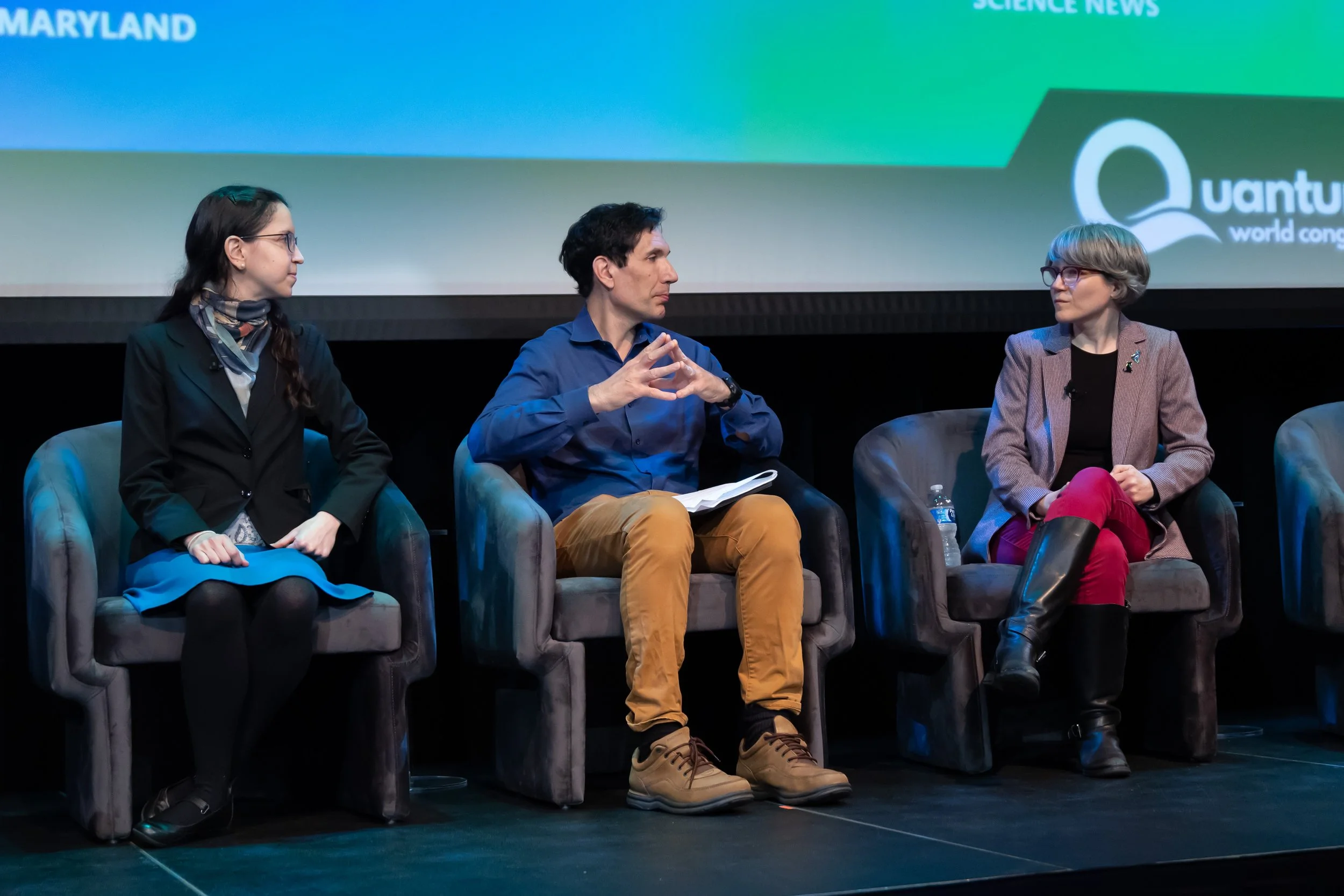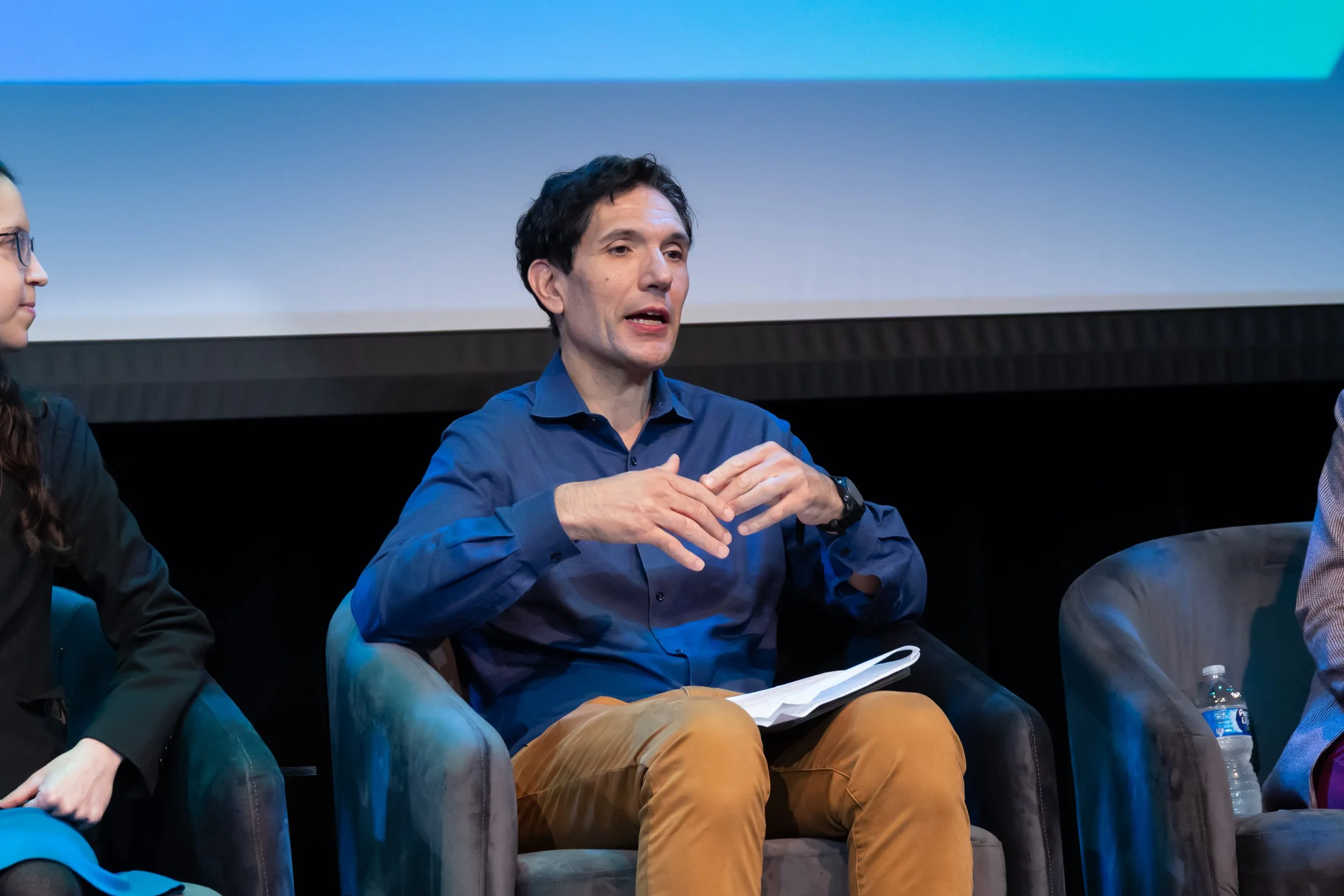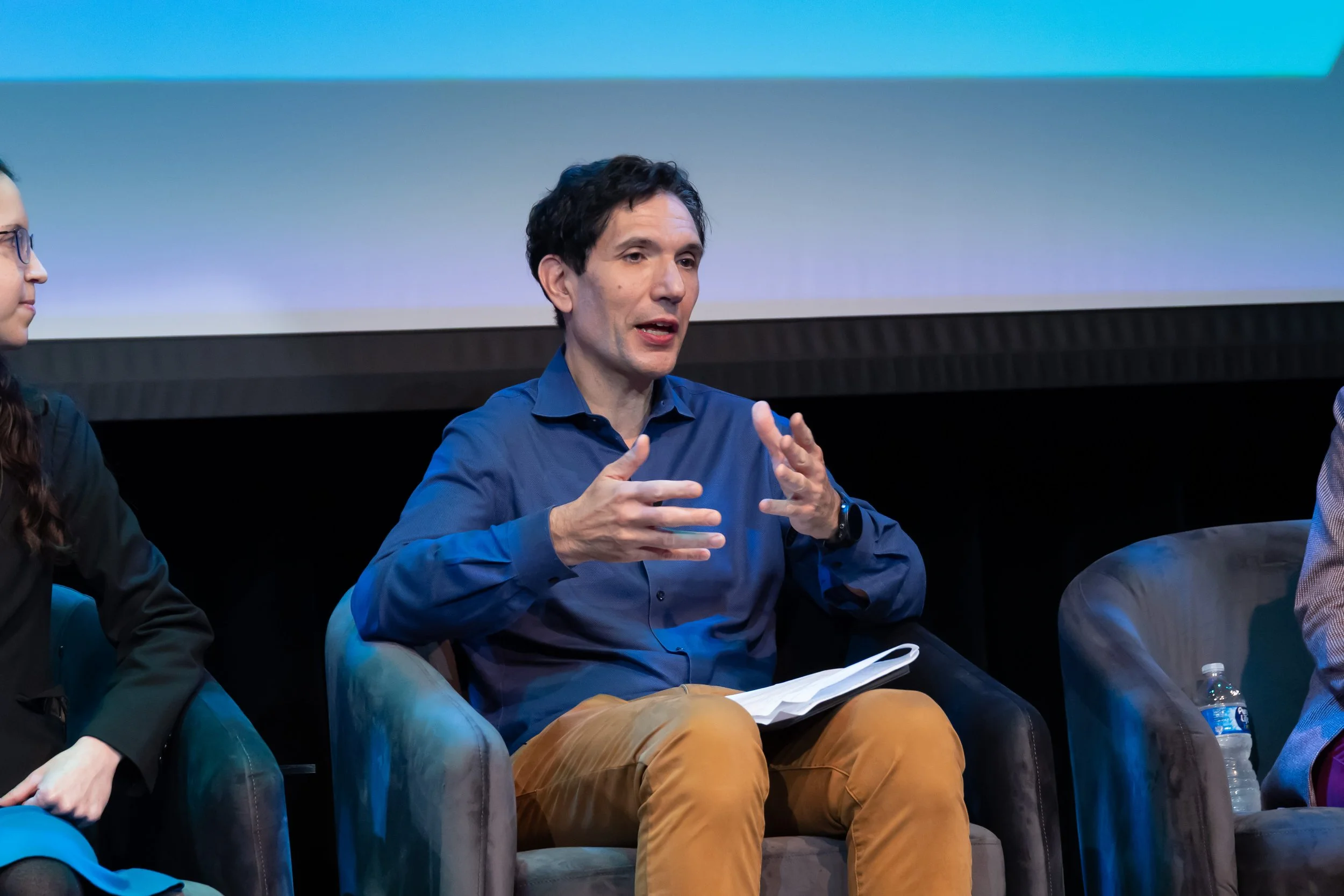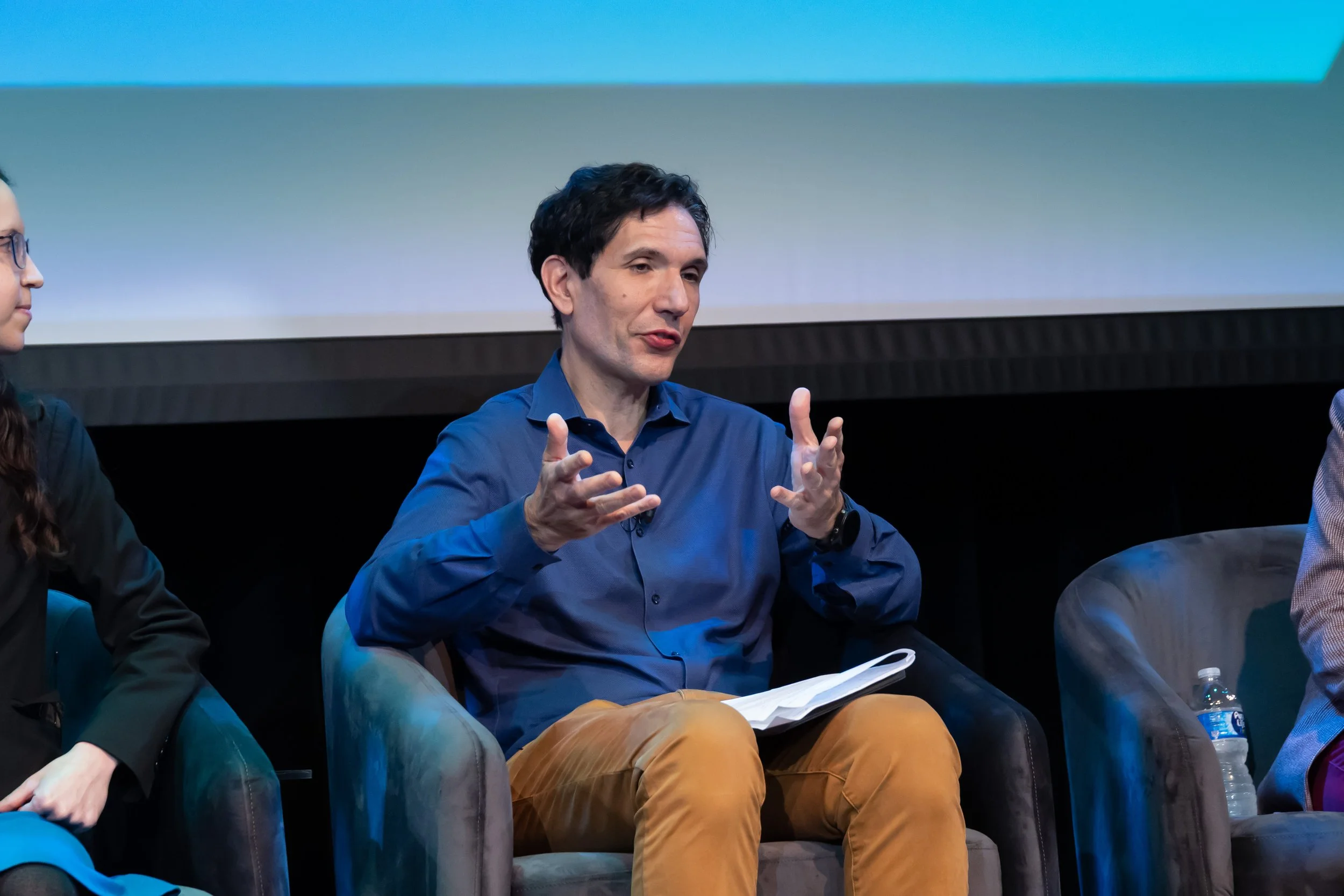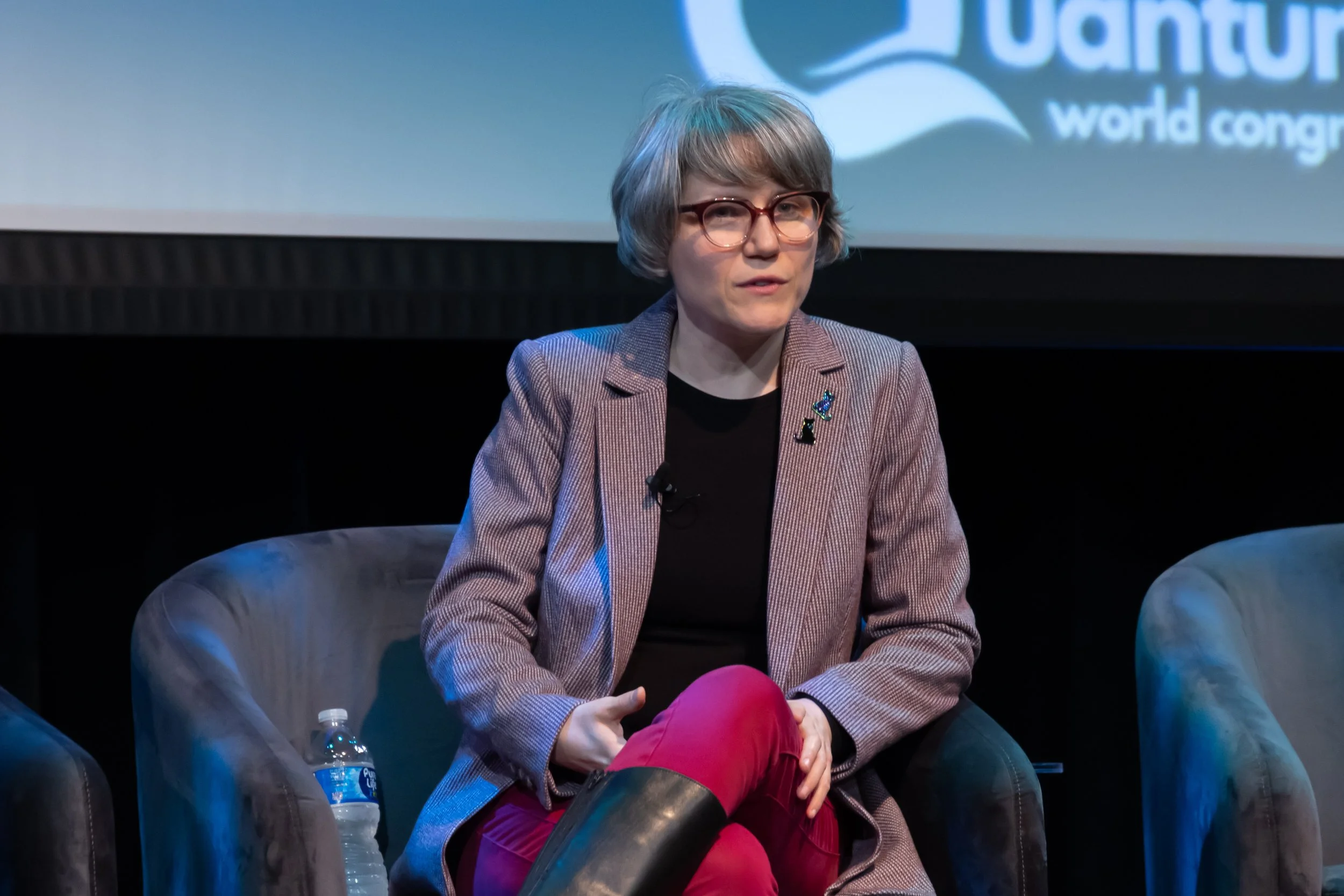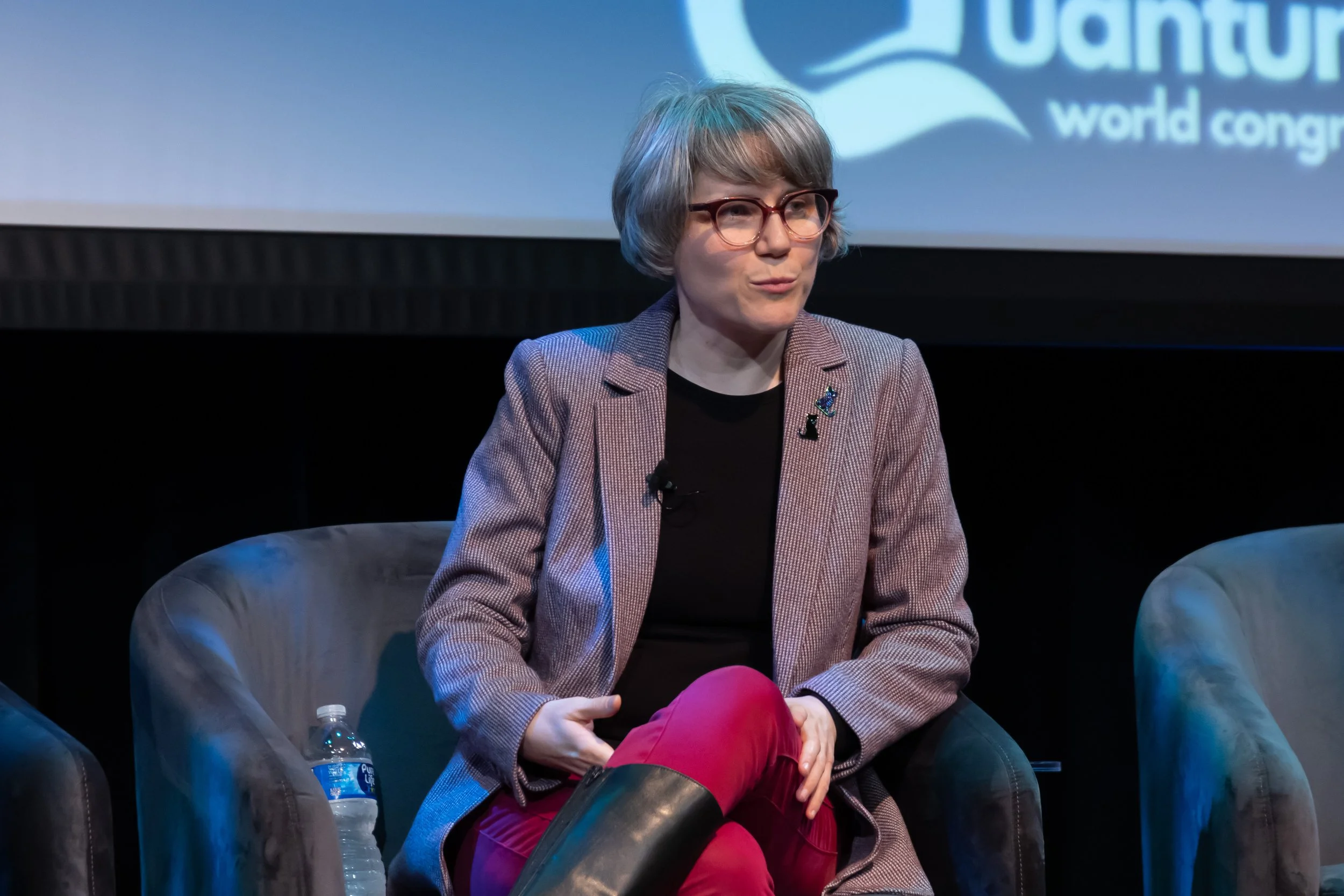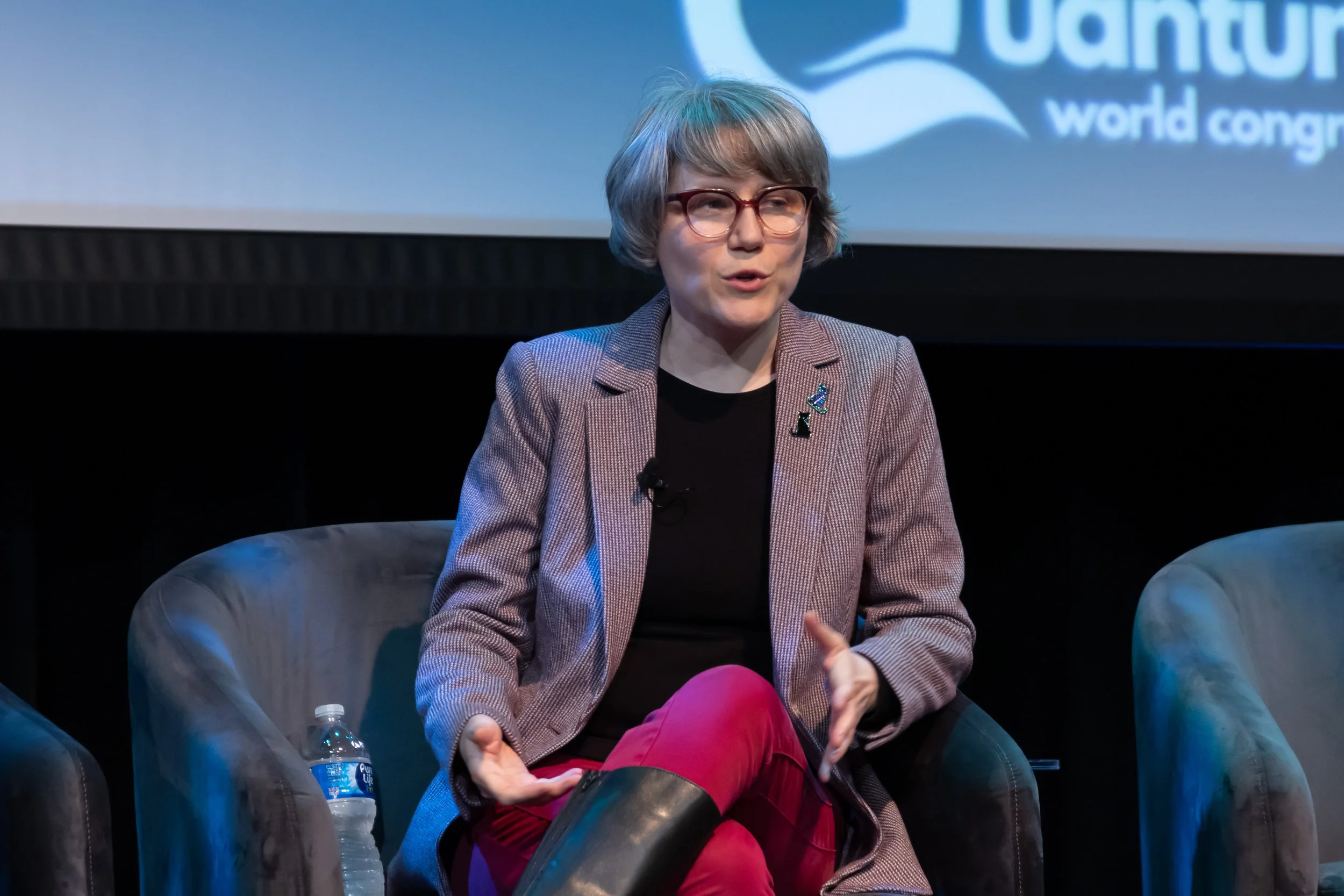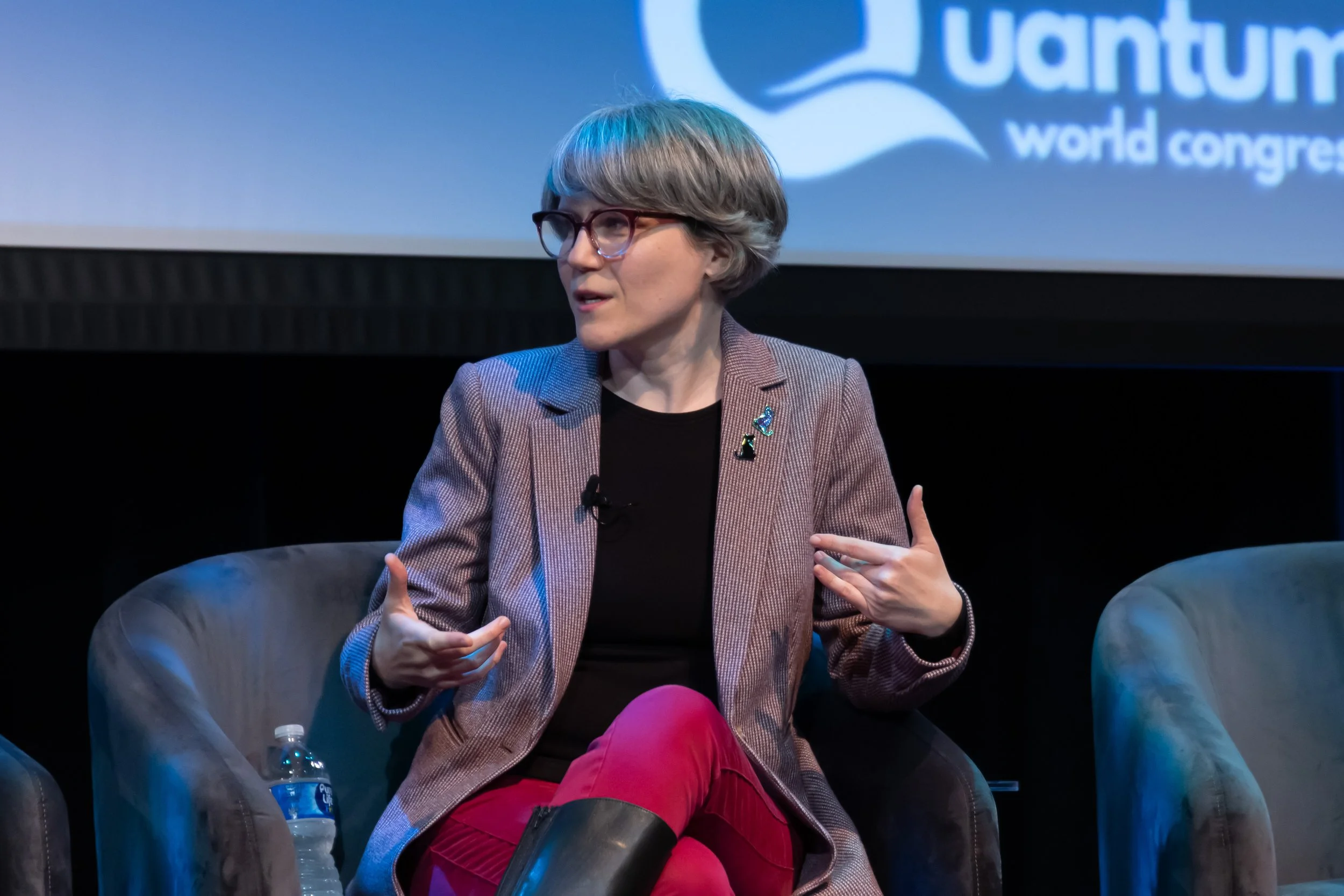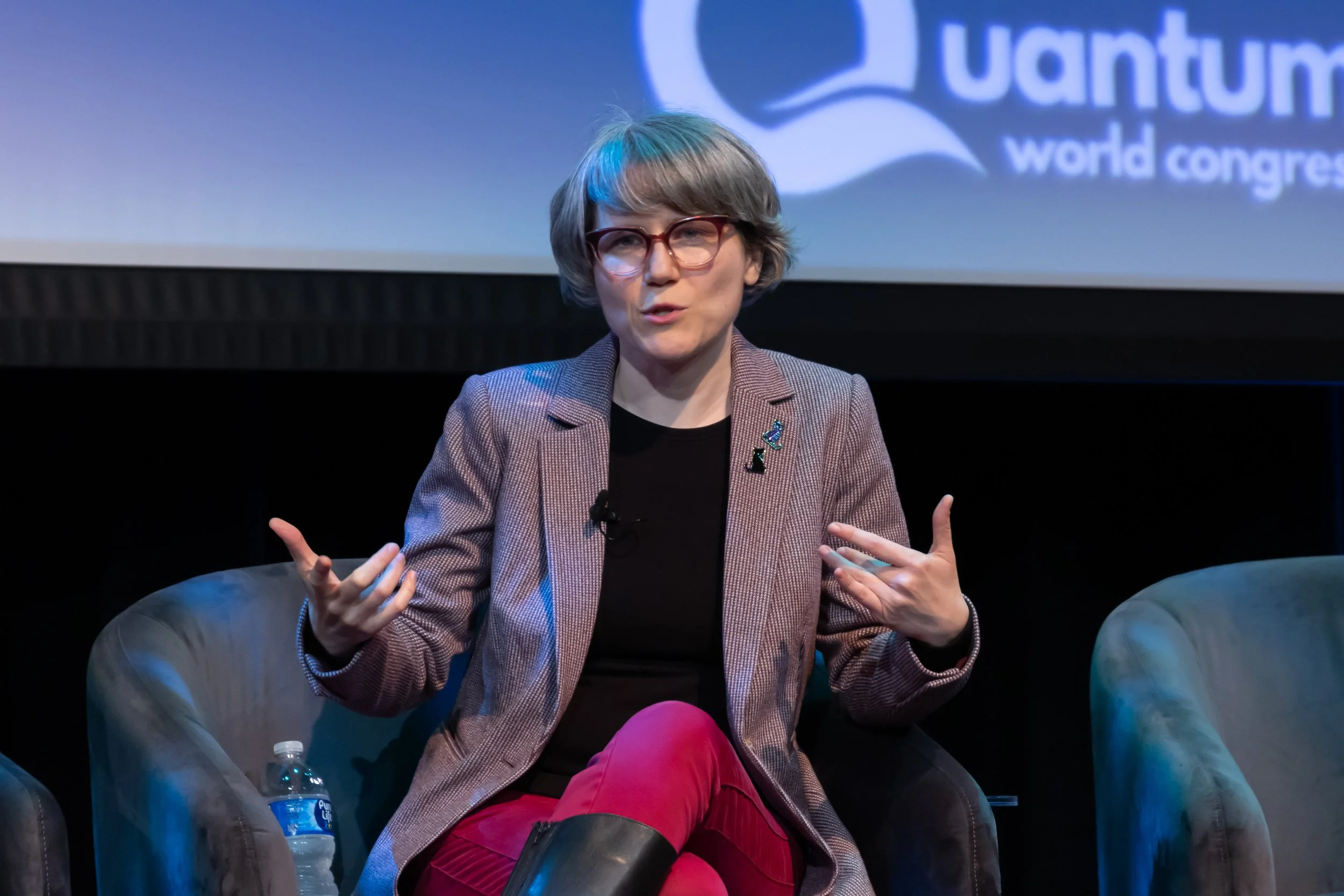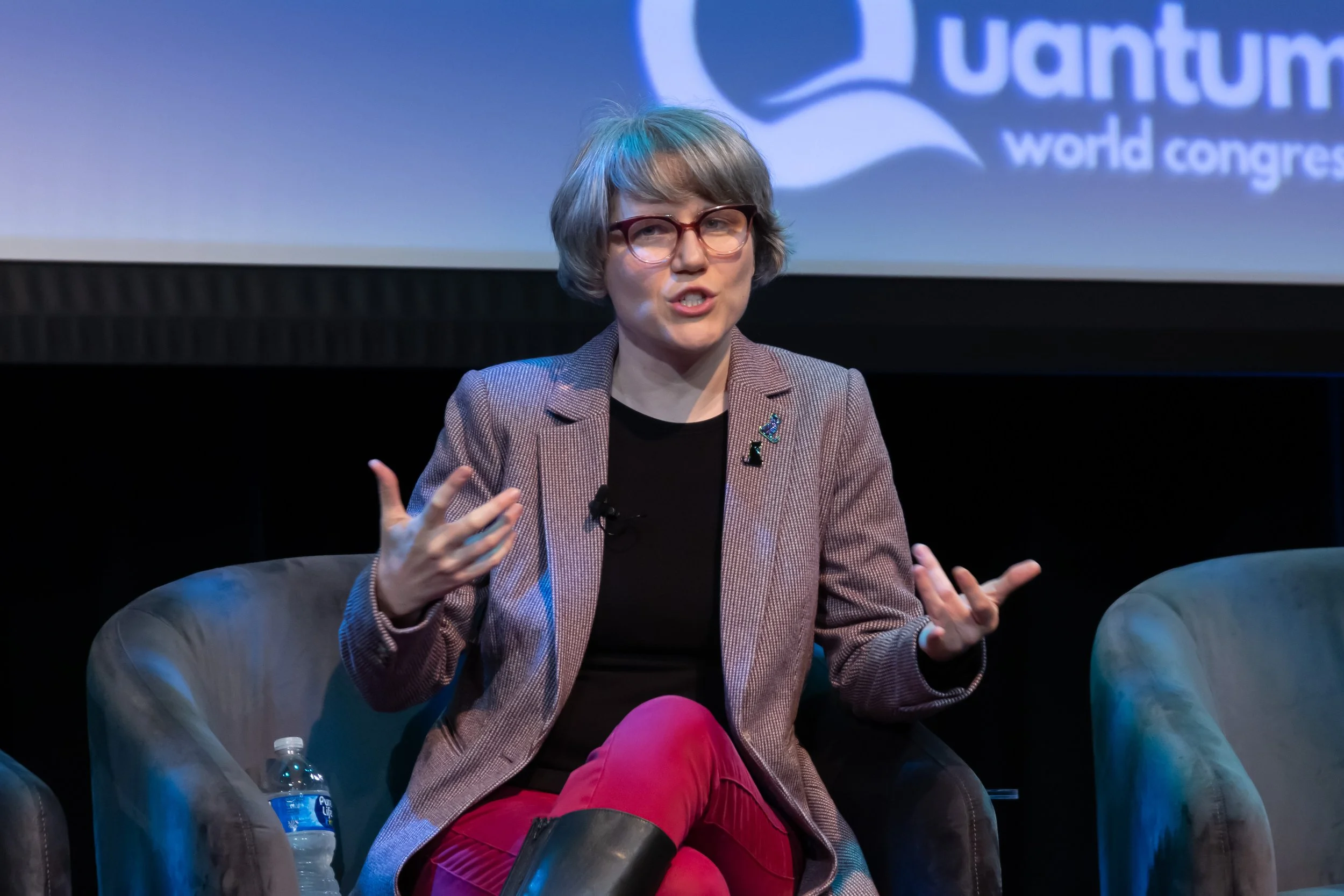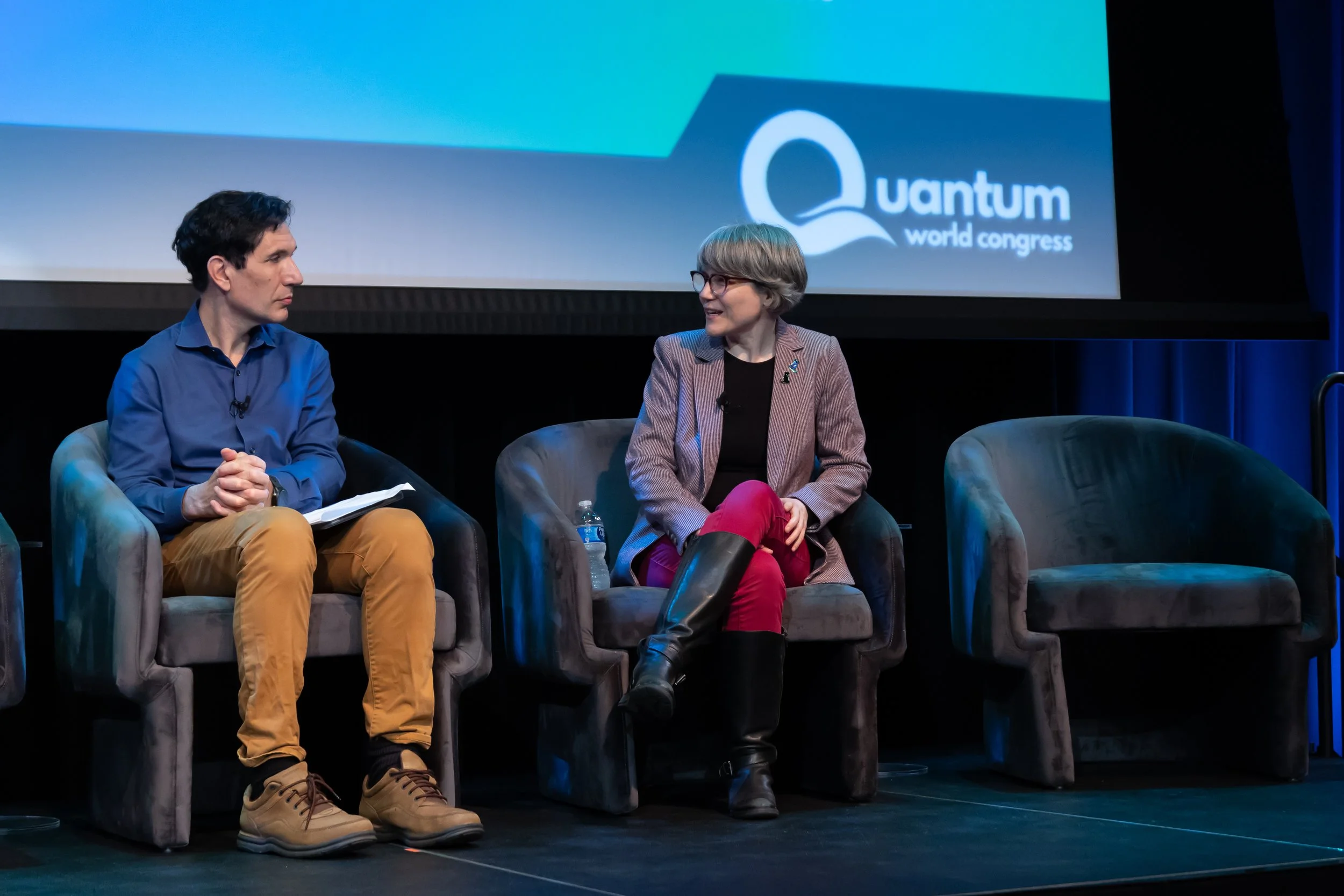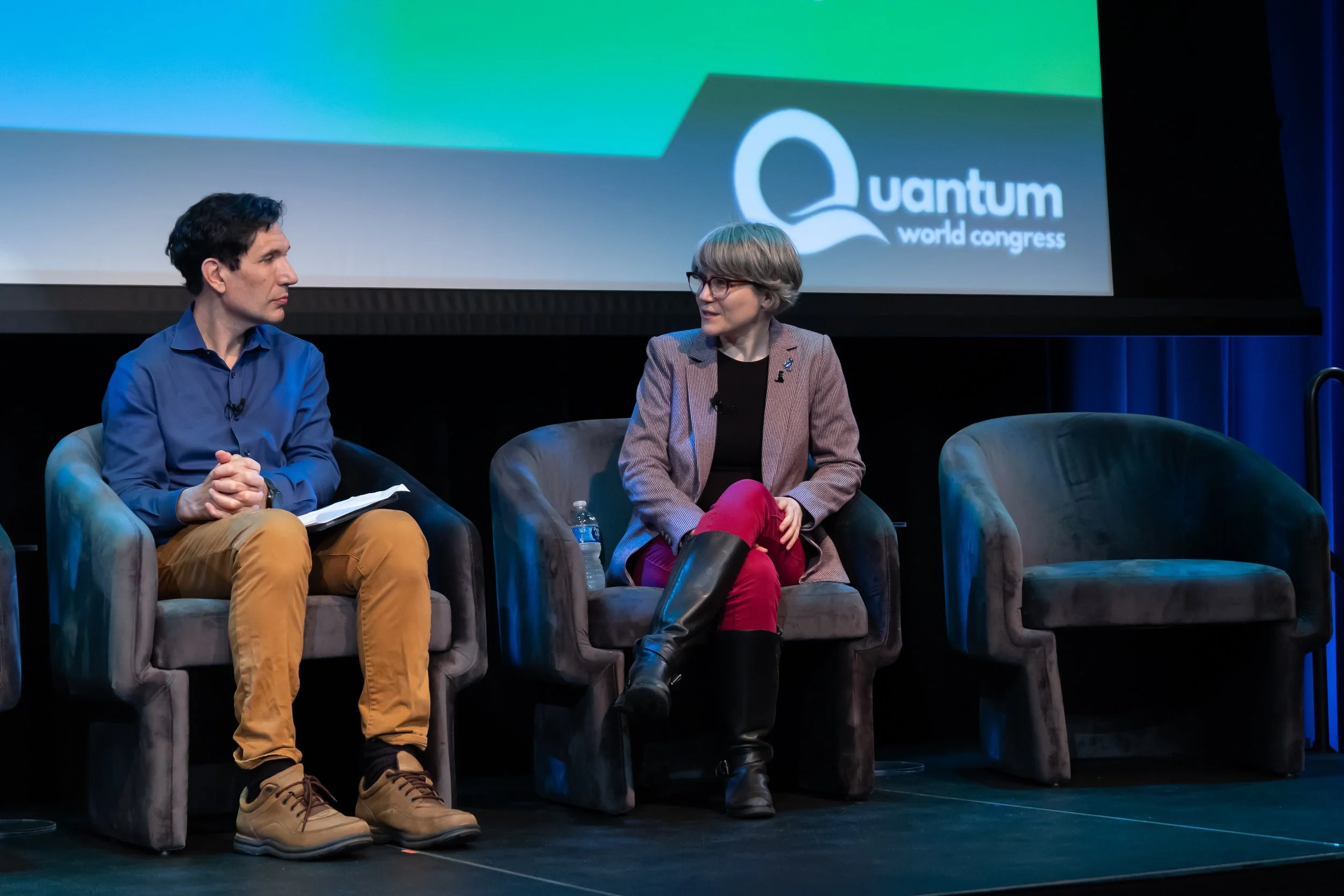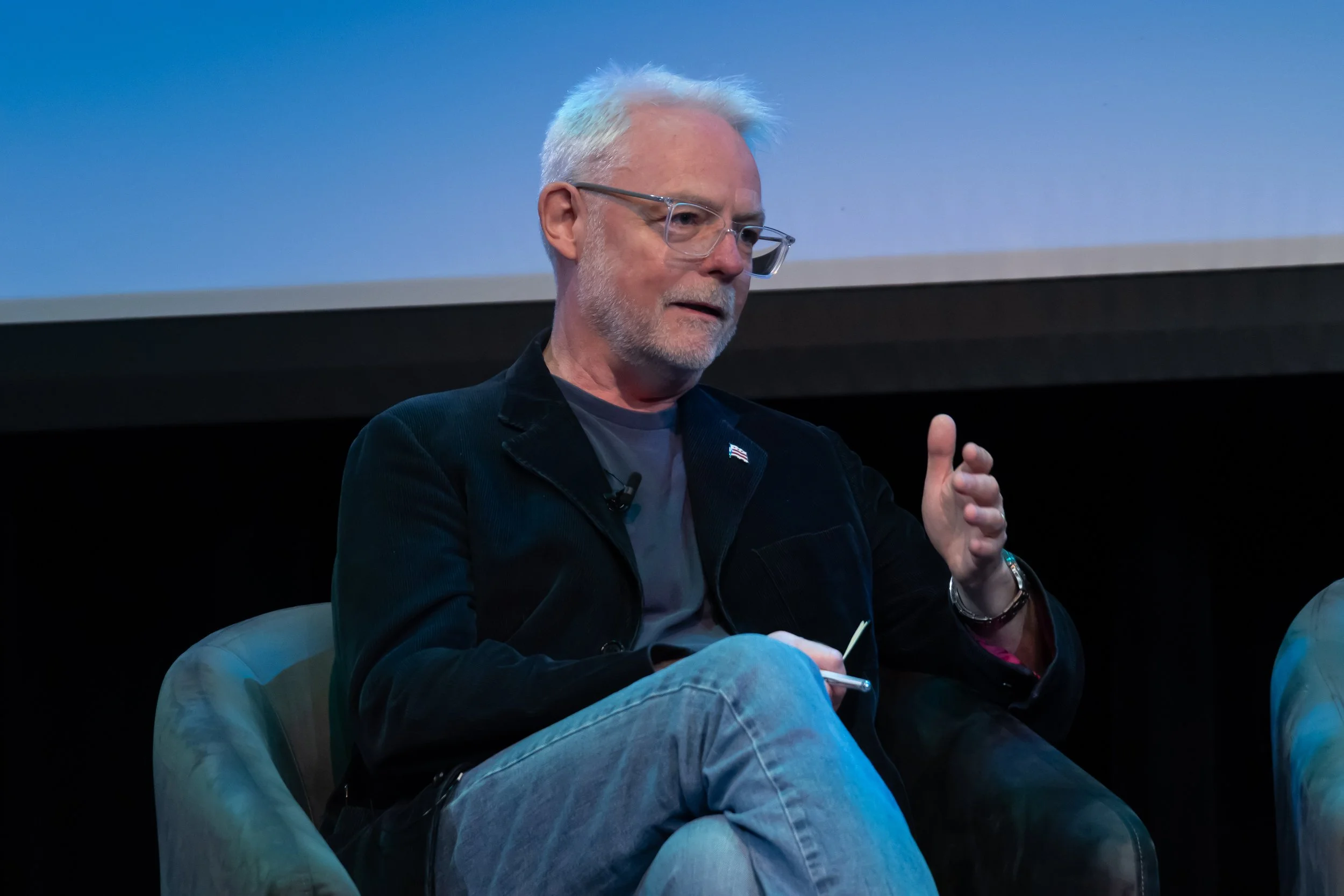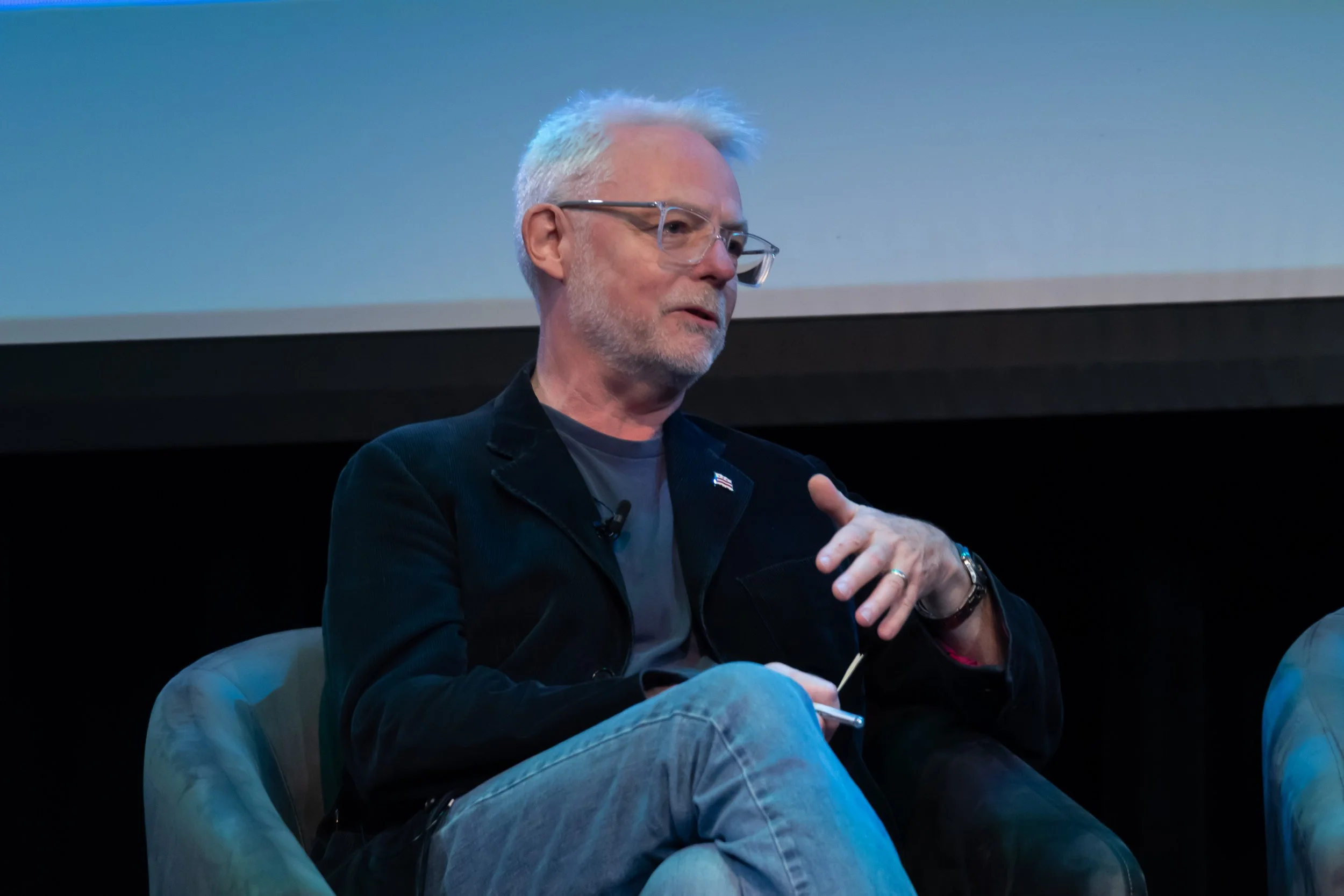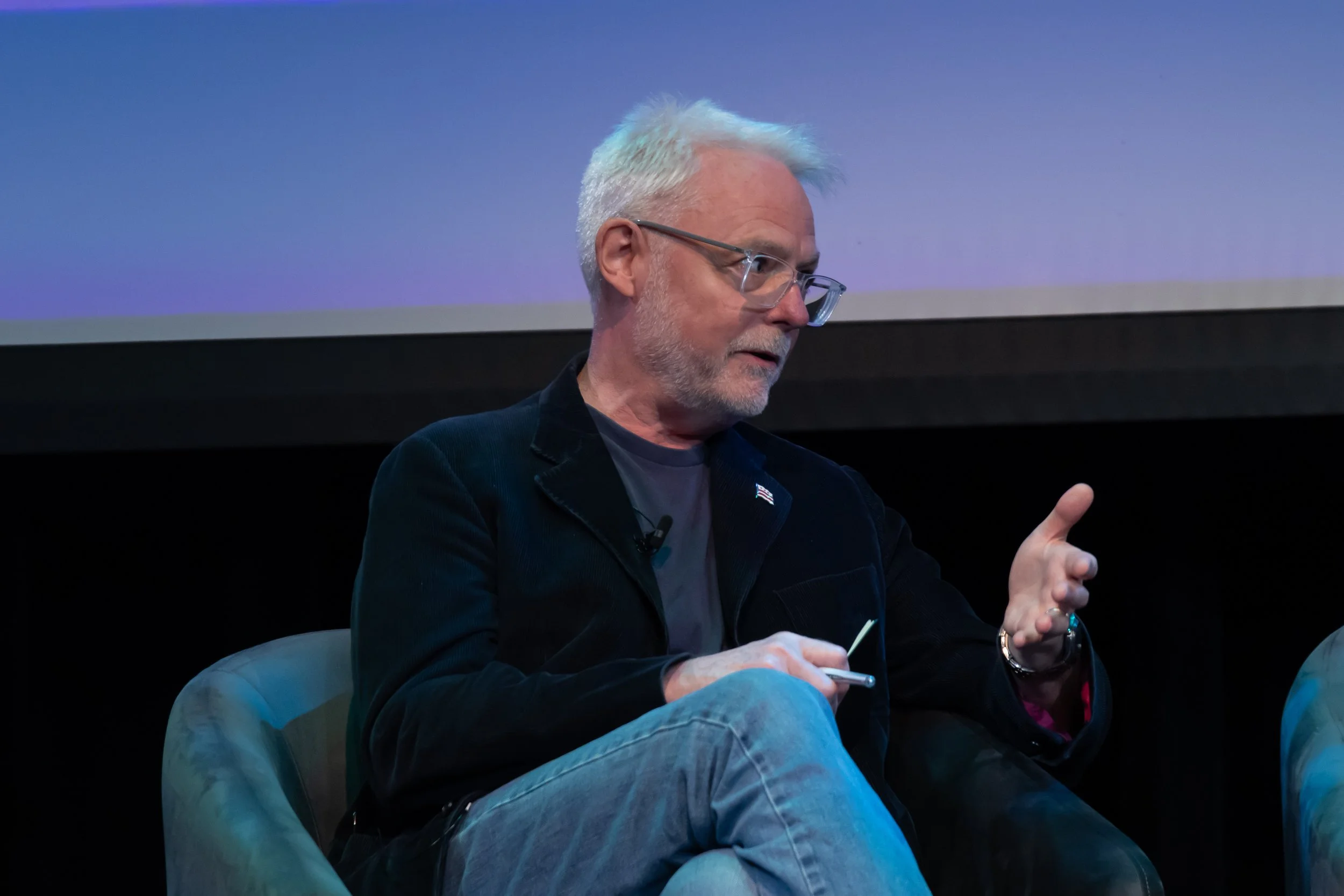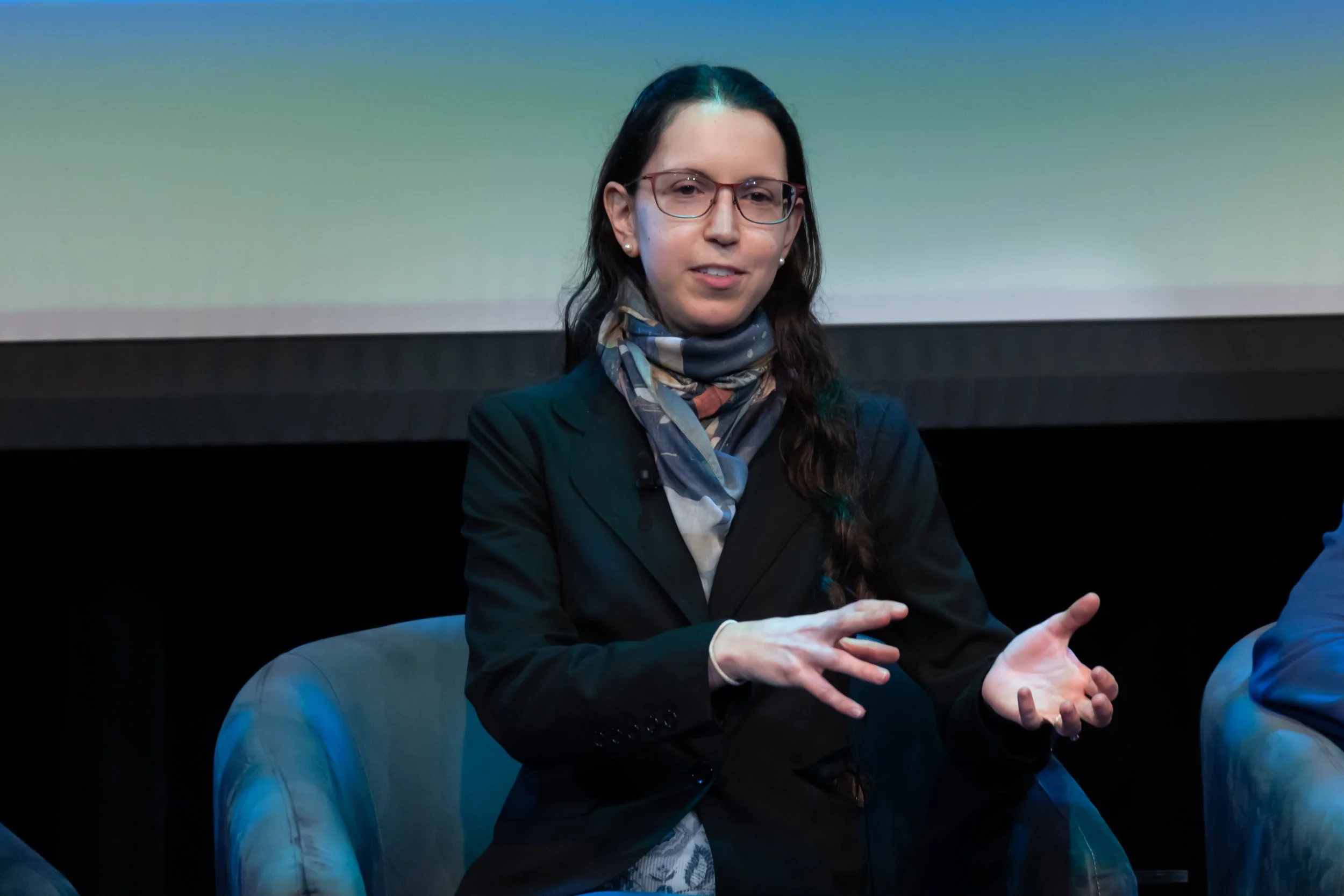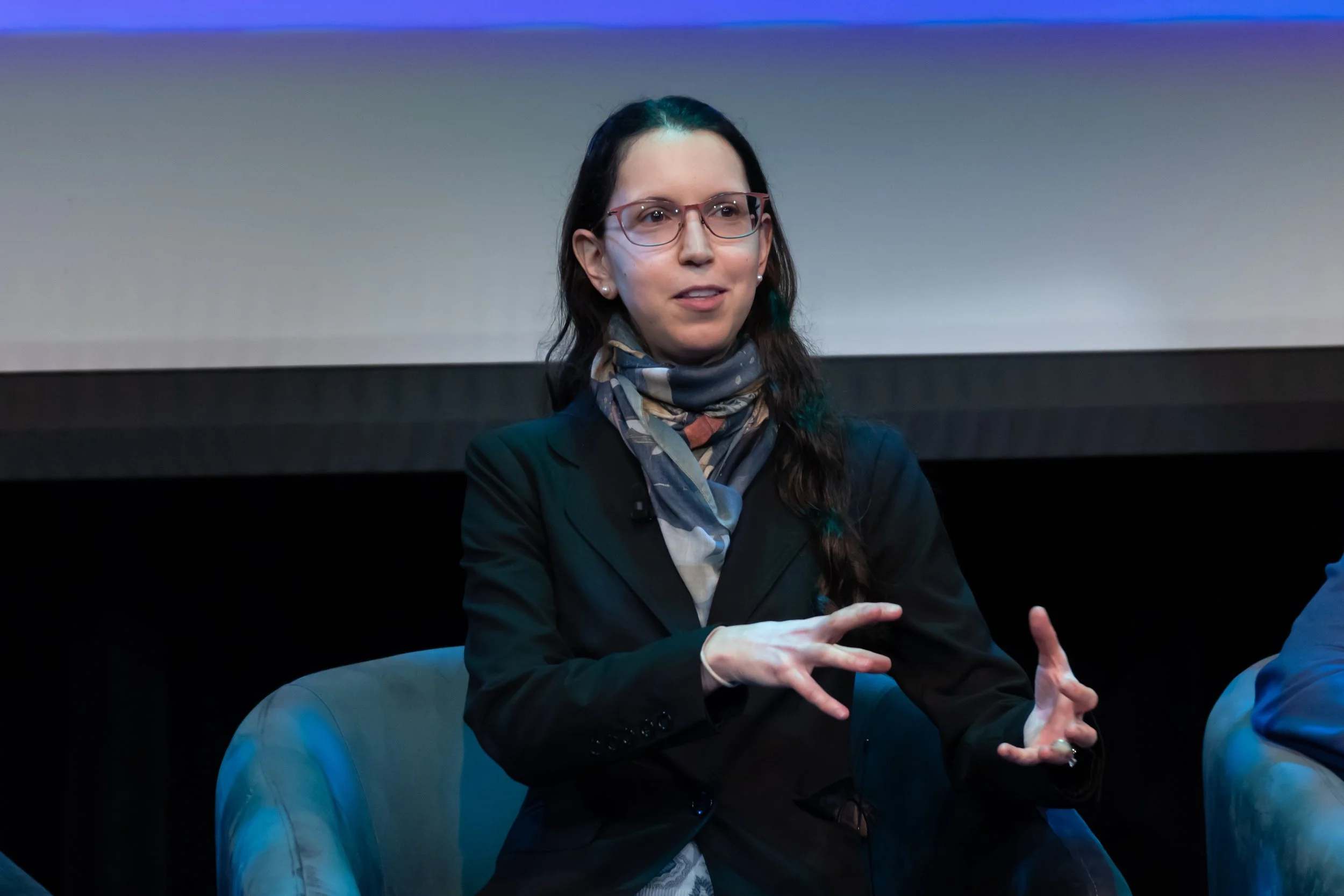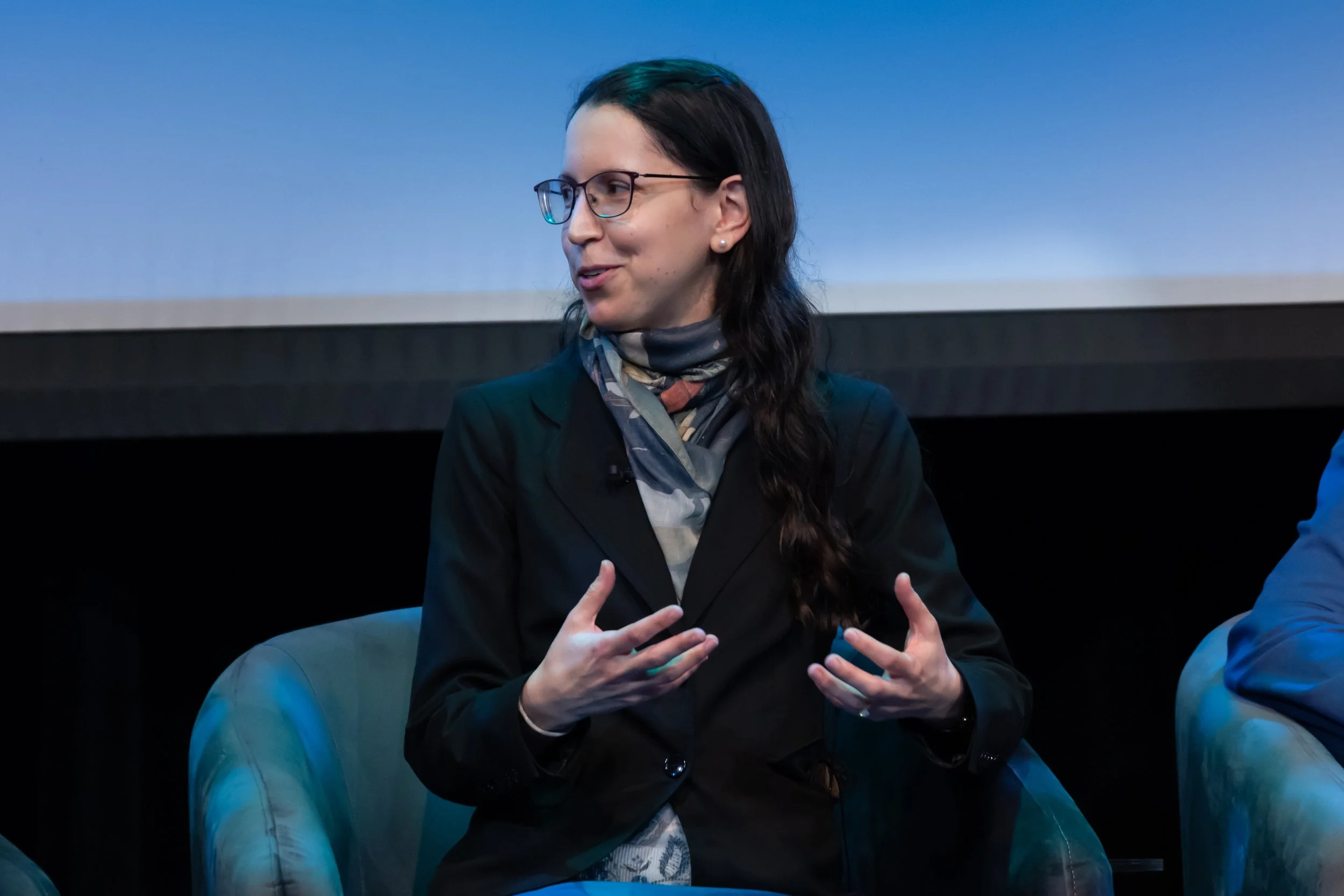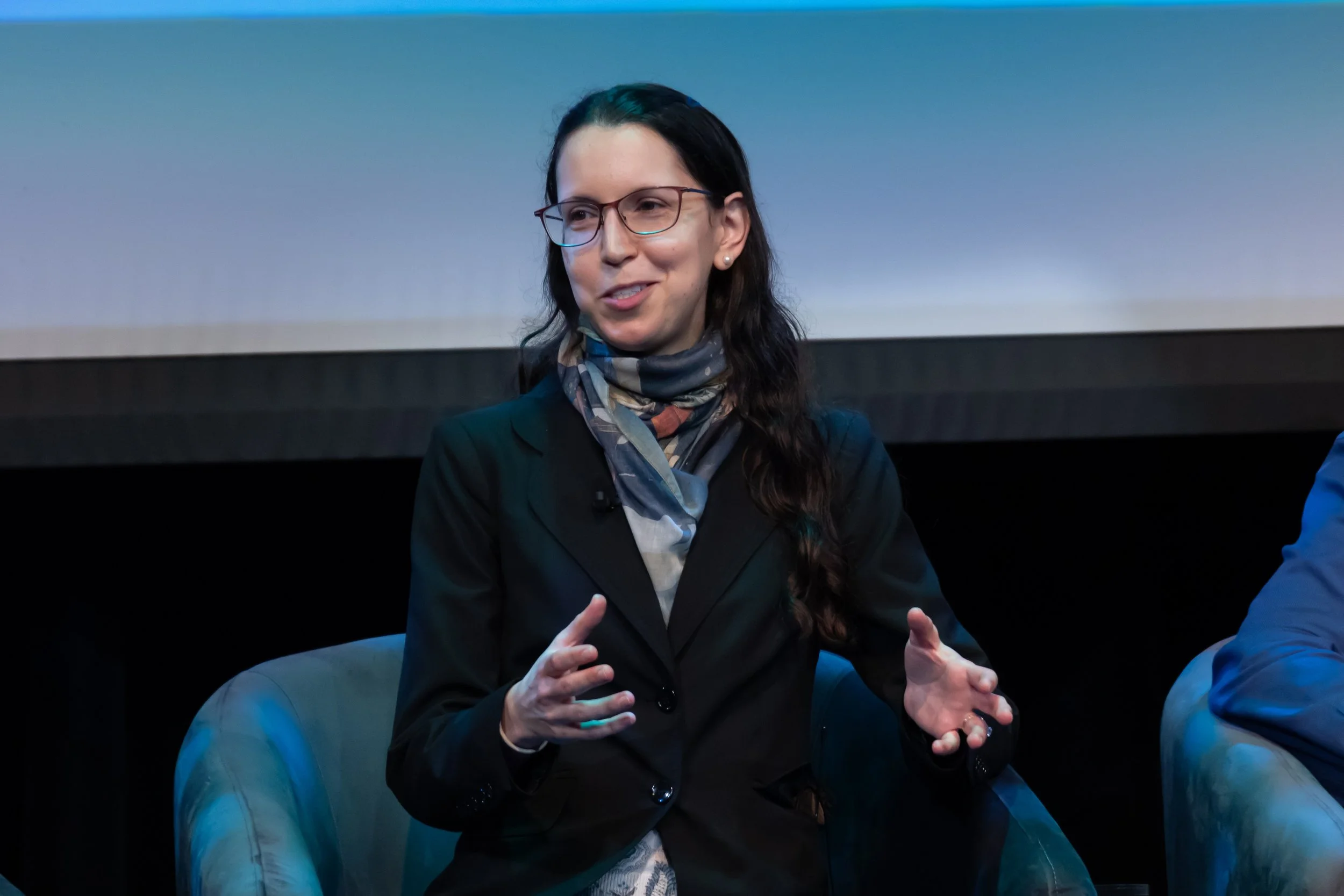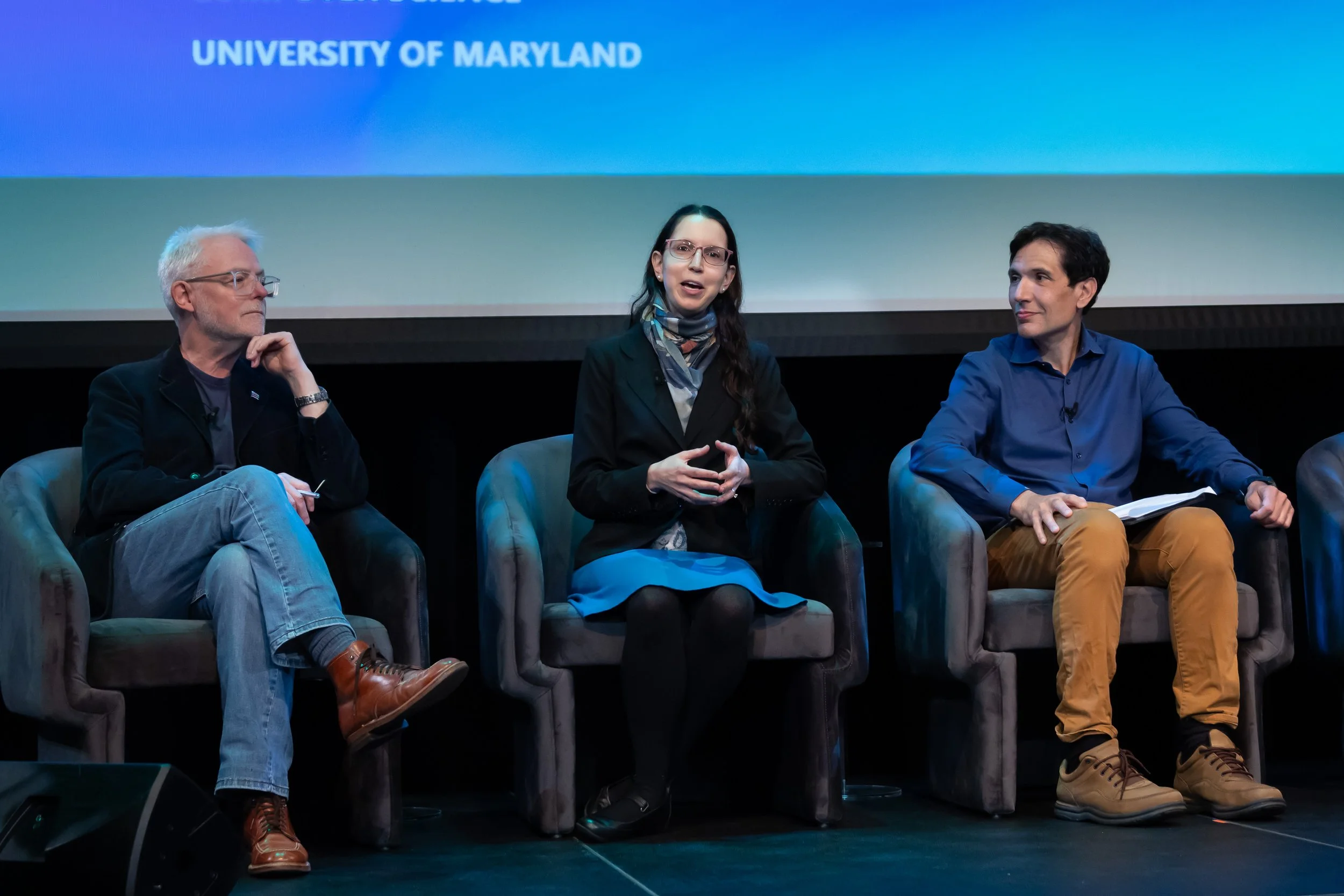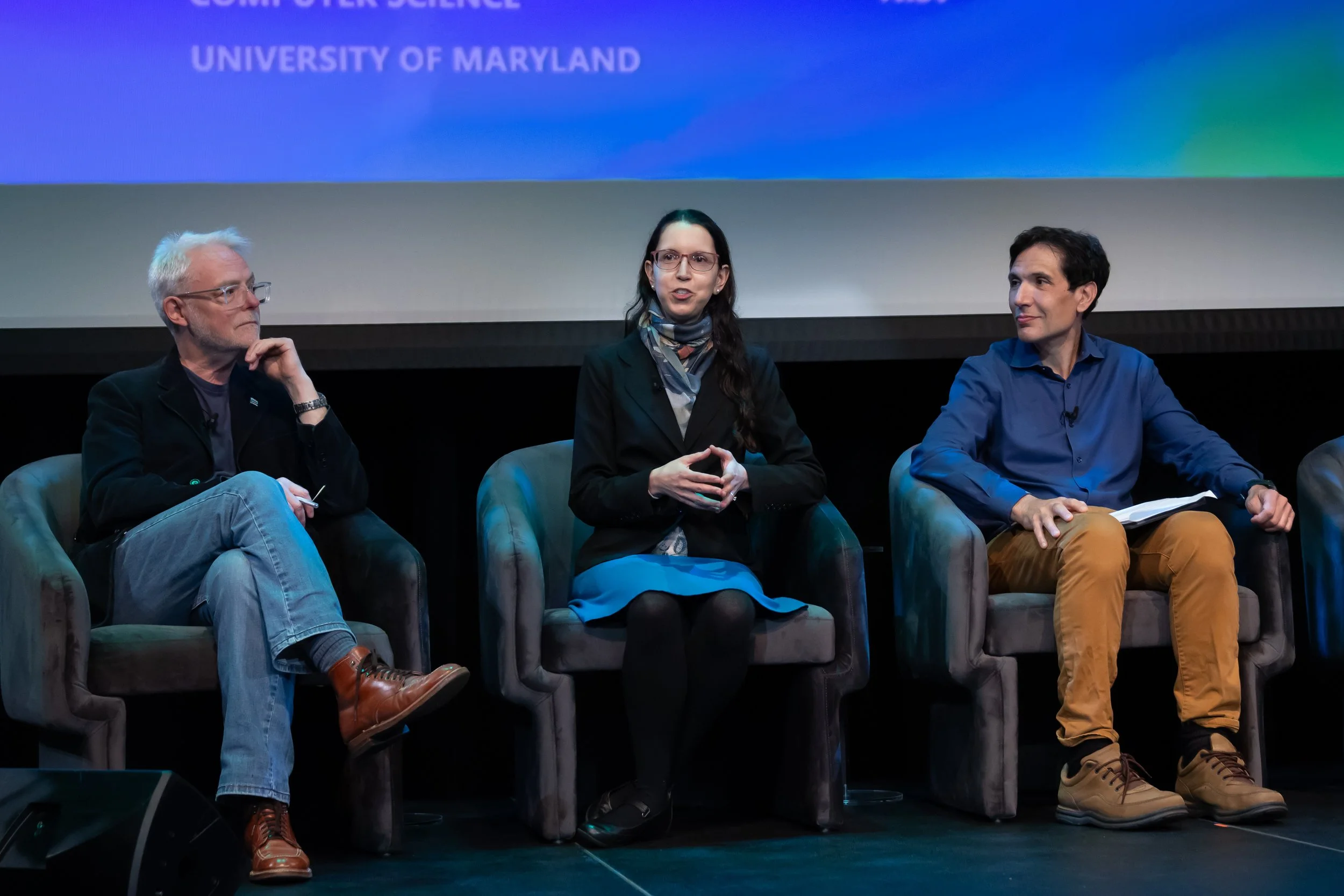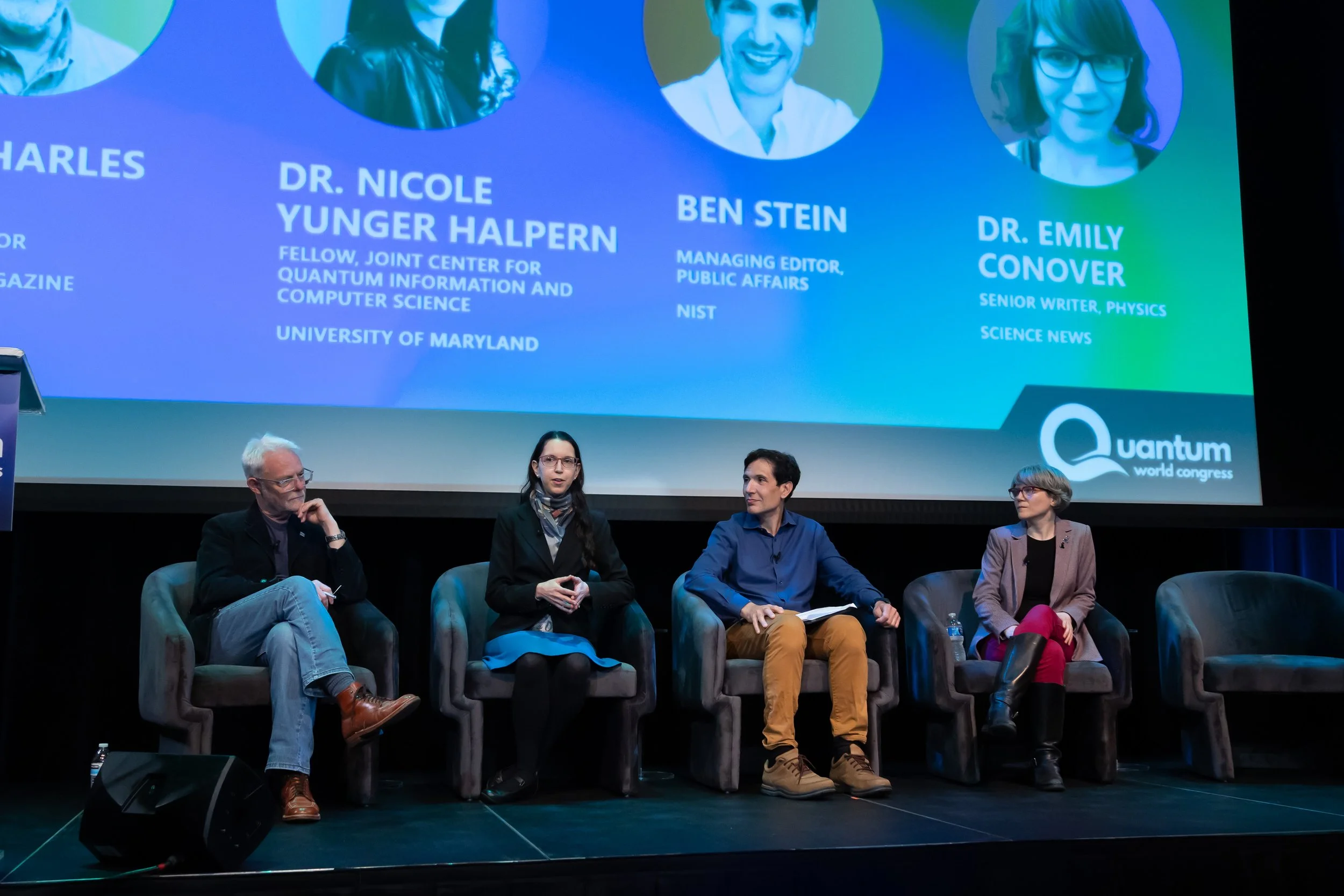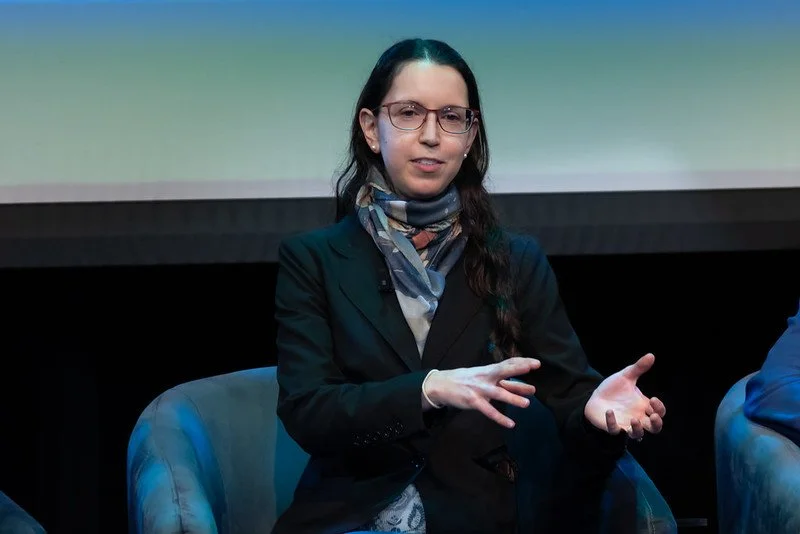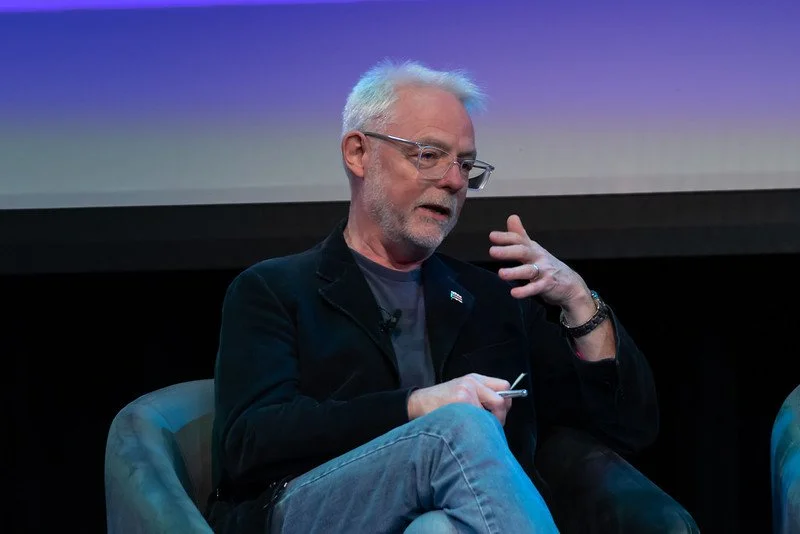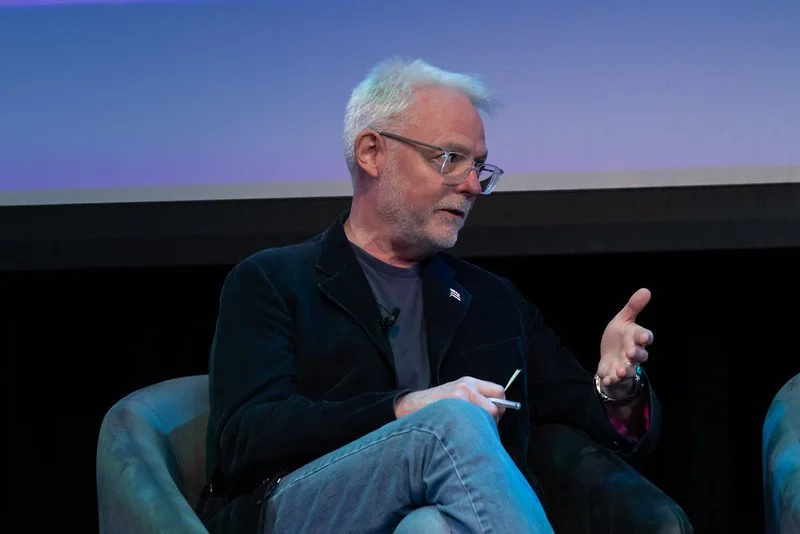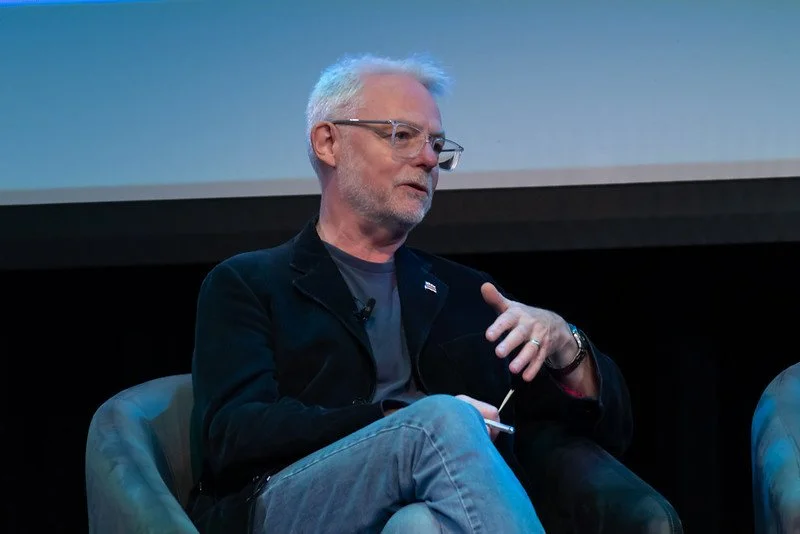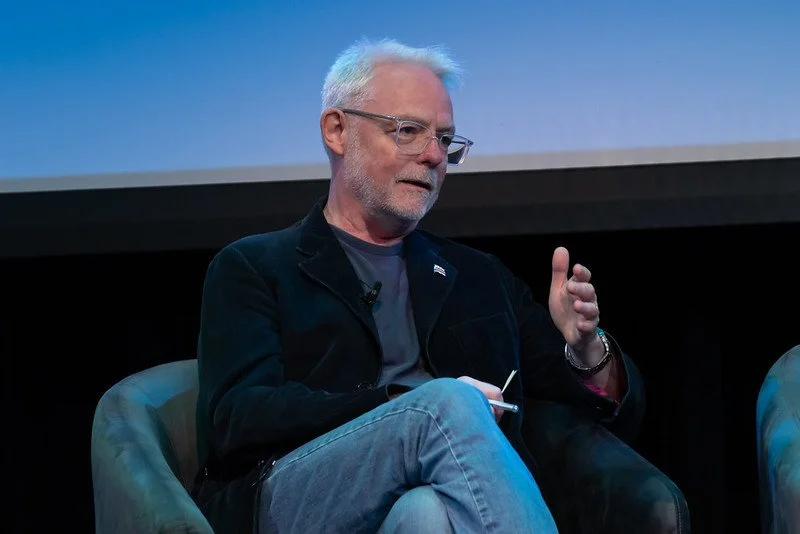Demystifying Quantum: Turning Wonder into Understanding
At Quantum World Congress 2025, moderator Charles Day (Physics Today) led Nicole Yunger Halpern (NIST / University of Maryland; author of Quantum Steampunk), Ben Stein (NIST), and Emily Conover (Science News) through a brisk, practical playbook for communicating quantum without dumbing it down.
The panel opened with first encounters—high-school sparks, popular books, and even Broadway’s “Copenhagen”—to make a simple point: curiosity precedes comprehension. From there the group mapped three recurring tenets:
Meet audiences where they are
Conover preps sources by defining her general-audience baseline, then during interviews stops jargon in its tracks, asks for plain-language restatements, and uses human questions (“How did it feel?”) to unlock accessible explanations. In writing, she edits for coherence and brevity, keeping a high-school reader in mind.
Translate with “basic physics” and story
Yunger Halpern advocates explaining with actions and actors—prepare, transform, measure, outcome—instead of equations. That “basic physics” lens turns lab work into narrative with characters (people, particles, instruments), preserving rigor while lowering the barrier to entry. She also keeps ready answers to evergreen questions (e.g., what is entanglement?) to ensure clarity under time pressure.
Signal excitement without hype
Stein described NIST’s approach: reserve news releases for genuine milestones (e.g., record-accuracy atomic clocks), define terms, and add explicit caveats (“if a sufficiently powerful quantum computer…”) to avoid overpromising. Because many outlets reprint releases verbatim, accuracy and context in the original copy matter. Conover added the journalist’s counterweight: check the paper, verify claims with peers, and differentiate marketing from science.
“Quantum” draws clicks, but misconceptions—from new-age crystals to mind-reading—abound. The remedy: connect to lived tech (phones, timing, sensors), name what’s known vs. not, and puncture the “you must be a genius” myth. As Yunger Halpern put it, replace “It’s hard” with “It’s fun.” Platforms matter, too: LinkedIn, YouTube explainers, and conference hallways now shape the beat as much as traditional media.
Bottom line: Good quantum communication is a craft—audience framing, plain-language interviewing, story-first explanations, and responsible hedging—executed consistently across press offices, newsrooms, and labs. That’s how wonder turns into understanding—and understanding into support.
Session Photos
